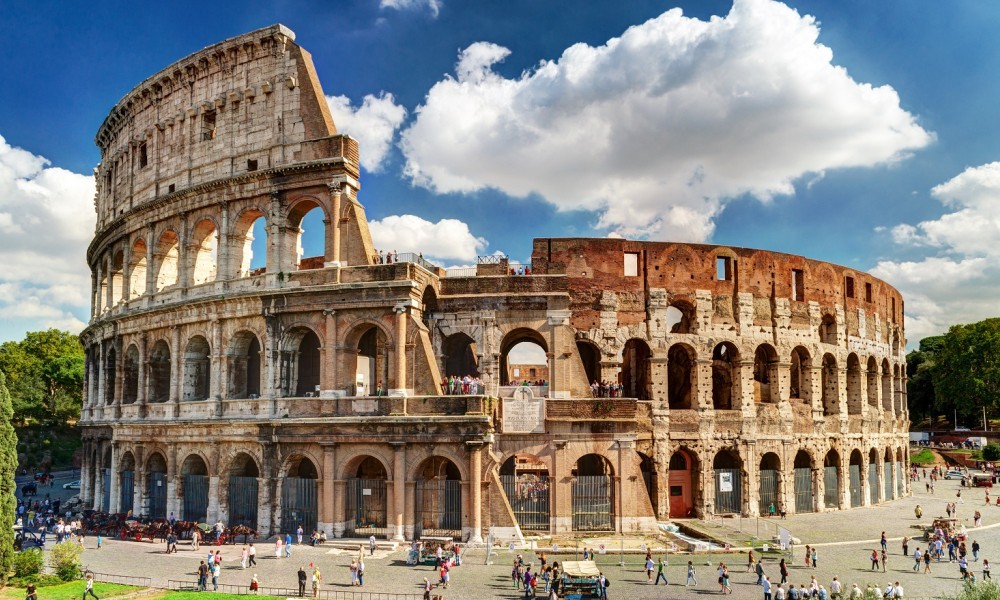Earthquake in Italy placed Coliseum in jeopardy

On the 24-th of August, 2016 in the centre of Italy the earthquake happened with the magnitude of 6.4 confirmed as the largest since 2009. Its focus lied at the depth of ten kilometers near the city Norci, in 75 kilometers to South-East from Perugia and in 116 kilometers north-easterly from Rome. As the result 295 people died, additionally, more than three thousand were deprived of the roof under the head. Small cities in the area of natural calamity were destroyed; moreover, the impacts were felt at the biggest part of central Italy, including Rome, Napoli, and Florence. In two months at the same region a new series of earthquakes happened.
At the same time when the representatives of search and security services solve problems concerning the help to people, the antiquarians deal with the inspection of the objects of the cultural and historical heritage. According to the result of observation of one of the most important monuments of Rome, particularly, Coliseum, it was defined that it suffered from the recent earthquakes. Francesco Prosperetti claimed about that being the main caretaker of Coliseum and Roman forum.
He told that on the 30-th of October, the experts conducting a large-scale investigation of the Coliseum’s state, found out damages there. In the meantime, this prominent monument of architecture of the Ancient Rome has already been placed in quite a fragile condition. In particular, its critical consequences were caused by the leakage of rain water, contamination with vehicle exhaust gas and vibration from the intensive city traffic.
Only recently one of the steps of Coliseum restoration was completed as the experts maintained North and Southern front elevation. Works that used to require multi-million investments took several years. However, now the walls withstanding during some centuries started covering with new scratches. The administration of the monument made a decision to close for the visitors the part of historical complex which opens the view to the Palatine.
The caretaker of Coliseum reports that each new earthquake creates more dangerous pressure on the construction as the scratches increase, and amphitheatre built in 72 year AD could hardly live up to its two thousand anniversary.
The scientist reminded that regardless of the one-hundred-kilometer distance from the focus of calamity, several buildings in Rome got damages. Among them there is Basilica di San Paolo fuori le Mura (Basilica of Saint Paul) behind the city walls, considered as one from four great (or patriarchal) basilicas of Rome, along with the church of Saint Peter, Basilica di San Giovanni in Laterano and Basilica di S.Maria Maggiore. At its front-elevation the splits appeared while the cornices partly collapsed.





















